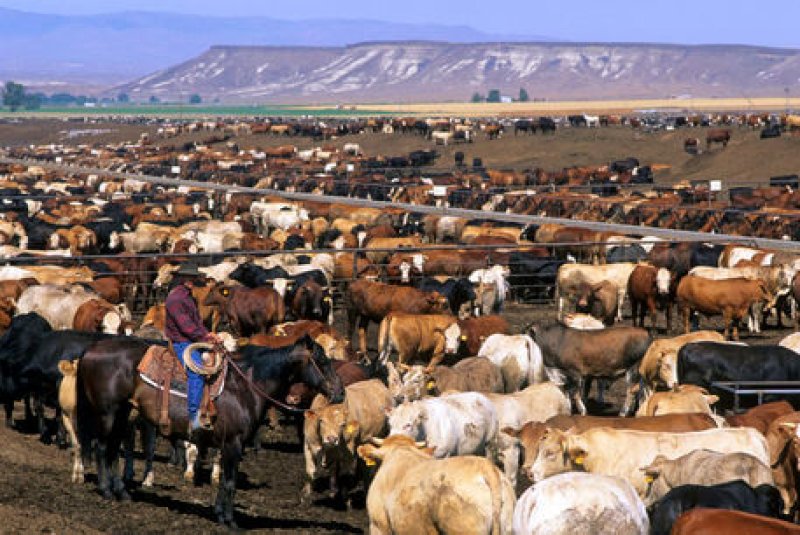Visit almost any anti-GMO website and you will find alarming headlines about the alleged dangers of GMO foods. They kill pigs, cows and sheep on farms and in lab studies! Humans are next!
Estimates of the numbers of meals consumed by feed animals since the introduction of GM crops 18 years ago would number well into the trillions. By common sense alone, if GE feed were causing unusual problems among livestock, farmers would have noticed. Dead and sick animals would literally litter farms around the world. Yet there are no anecdotal reports of such mass health problems.
But we don’t need to depend on anecdotes to address these concerns. Writing in the Journal of Animal Science, in the most comprehensive study of GMOs and food ever conducted, University of California-Davis Department of Animal Science geneticist Alison Van Eenennaam and research assistant Amy E. Young reviewed 29 years of livestock productivity and health data from both before and after the introduction of genetically engineered animal feed.
The field data represented more than 100 billion animals covering a period before 1996 when animal feed was 100 percent non-GMO, and after its introduction when it jumped to 90 percent and more. The documentation included the records of animals examined pre and post mortem, as ill cattle cannot be approved for meat.
What did they find? That GM feed is safe and nutritionally equivalent to non-GMO feed. There was no indication of any unusual trends in the health of animals over 18 years since 1996 when GMO crops were first harvested. Considering the size of the dataset, it can reasonably be said that the debate over the impact of GE feed on animal health is closed: there is zero extraordinary impact.
Read the full, original article: The debate about GMO safety is over, thanks to a new trillion-meal study































